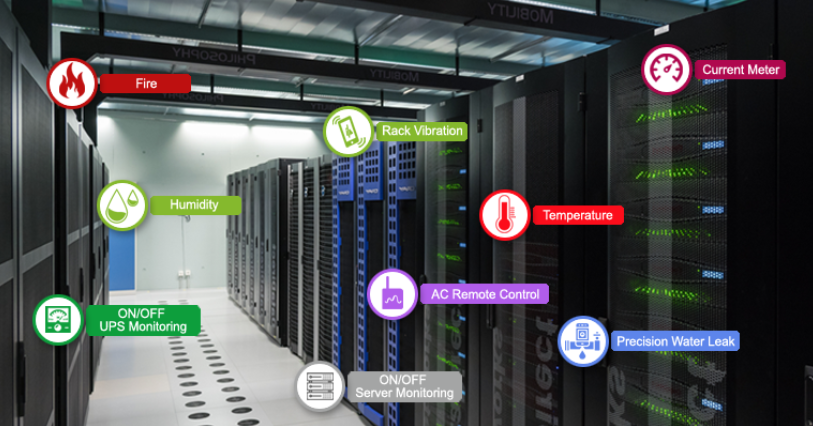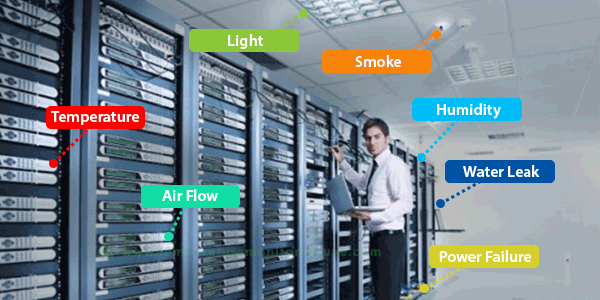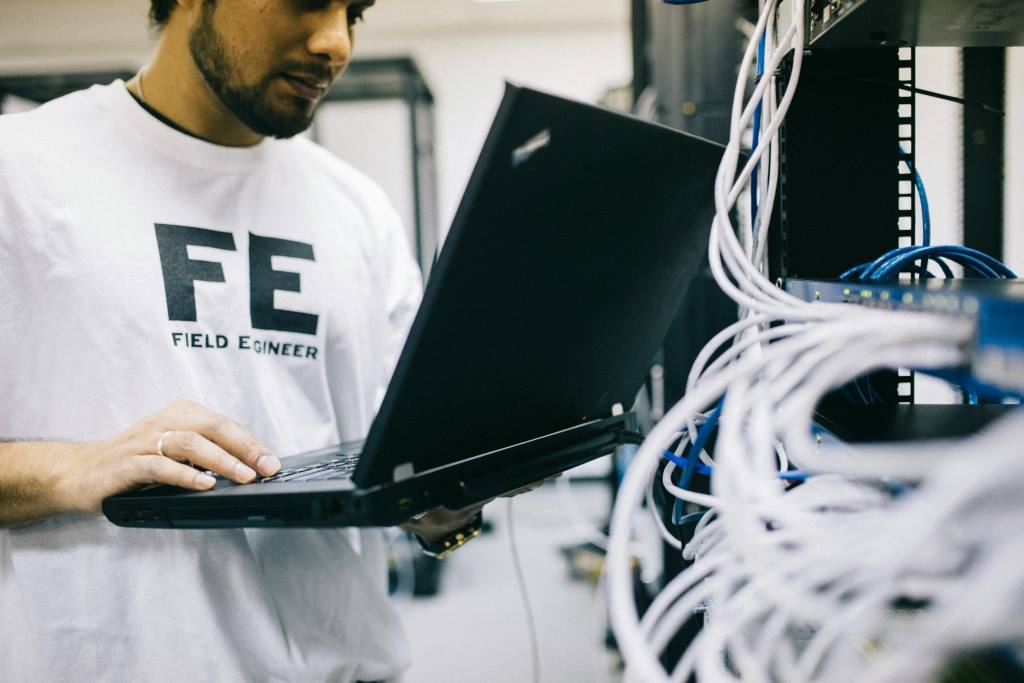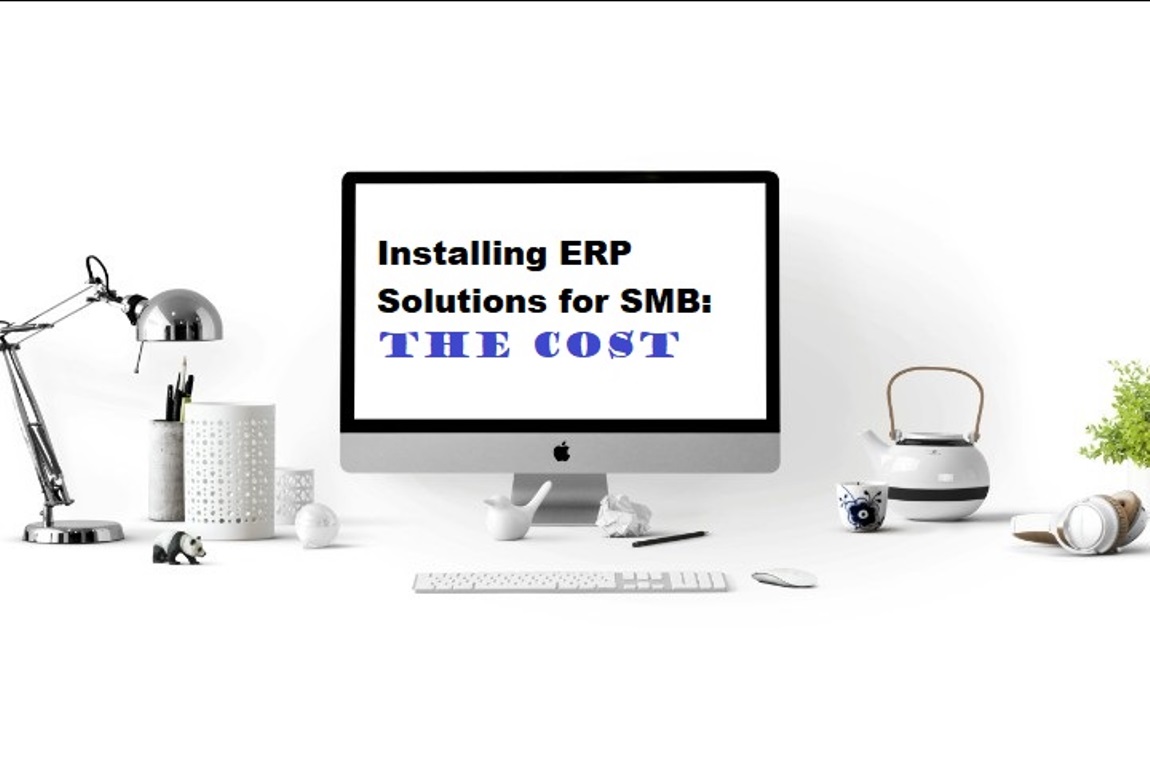Environment data center monitoring is vital for any company that own datacenter. While focused on protecting networks from security attacks and connectivity failures, administrators often inadvertently miss the subtle, ever-present danger of environmental threats. These threats include temperature, humidity, water leaks, intrusion, human error, vibration, and power outages. According to the Uptime Institute, 25% of all information downtime results from the interaction of computer hardware with its physical environment. The environment can damage equipment, slow performance, and force hardware to shut down.
Costs of environmental threats
- Replacement of damaged items
- Lower worker productivity due to downtime
- Lost revenues from unavailable server-based applications, such as e-commerce sites or customer service centers
- Additional administrative time and money to investigate and fix problems
Challenges having personnel checking threats manually
- Not recognizing all threats
- Constantly changing environmental conditions
- Gaps in monitoring and responsibility
- Inability to track environmental changes
- Focusing on catastrophes, not daily threats that will eventually damage equipment
How environment data center monitoring system works
An environment monitoring system helps prevent the damages caused by environmental threats by monitoring critical conditions (such as temperature, humidity, and water leakage) that could destroy network components in a server room. It uses sensors to track environmental conditions around servers, workstations or data centers. When the system detects an abnormality, such as a temperature increase over the recommended limit, it sends an alert. Alerts can be flashing lights, buzzers, and messages via SNMP traps, email, and the system’s Web-based administrative interface.
After IT administrators receive the alert, they can investigate and resolve the issue. Many systems log environmental data, which administrators can use to investigate problems.

Common server room environmental threats and the damage they cause
The most common environmental threats to server rooms are temperature, humidity, water leaks, human error, intrusion, vibration, and power outage. Many of these threats, such as temperature and humidity, are related, which complicates environment monitoring and heightens the need for an automated, sophisticated system.
Temperature
Temperature is the main environmental threat to computer hardware. The generally accepted, ideal temperature is between 68 and 74 degrees Fahrenheit (20 to 24 degrees Celsius).
Excessive heat degrades network performance and causes downtime. As the temperature increases, a heat sinks fan works harder to cool the central processing unit (CPU). Continuous overworking causes the fan to fail, leading to a machine overheating. A machine shuts down when it reaches an unsafe temperature in order to prevent permanent damage. An administrator must then be located, day or night, go to the machine, and reboot it after it has cooled. Consequently, services hosted by a down machine are unavailable until it is restarted, which can take minutes or hours. If the server hosts critical services (e.g., e-commerce, user validation, email) that are not distributed to backup servers, revenues can be lost, users cannot login, and communications are interrupted. If the shutdown is not done properly, data can be lost.
Excessive heat and rapid temperature changes also damage equipment. Rapid temperature increases can increase humidity, while rapid drops can cause water in humid air to condense on equipment. Together, heat and moisture accelerate the breakdown of materials used in microchips, motherboards, and hard drives, which is called premature aging. In worst cases, a machine won’t shut down when the temperature exceeds safe levels, and circuits are damaged. Ultimately, heat-damaged equipment must be replaced, increasing the cost of network maintenance.
Humidity
When the temperature is between 68 and 74 degrees Fahrenheit (20 to 24 degrees Celsius), the relative humidity (i.e., the amount of water in the air) should be between 40% and 50%.
A high humidity level can produce the following problems in the server room:
- Condensation – Condensation occurs when humidity levels are too high or when there is a rapid temperature drop. Water that condensates inside equipment causes rust, short circuits, or deposits of dirt and minerals that corrode equipment. Moisture absorbing circuit boards expand and contract with changes in relative humidity levels. Expansion and contraction of these boards can break microelectronic circuits and edge connectors. Finally, condensation increases heat levels. Deposits of dirt and minerals act like insulation that traps heat in equipment and prevents it from diffusing into the air.
- Fungus – Persistent humidity levels above 60% and elevated temperatures promote the growth of fungus. These contaminate the air with dirt and spores, which clog a machine’s airflow and promote heat retention and condensation. They also retain moisture and promote corrosion, which damage circuits and motherboards. Some fungi “eat” textile plastics (e.g., polyester) and PVCs, a phenomenon in which fungi breakdown the material used in these items. Most electronic equipment has some PVC materials, such as the PVC insulation used in cabling.
A persistent low humidity level can produce the following problems:
- ESD – Electrostatic discharge (ESD) occurs in dry environments because there is not enough water to neutralize the charge ESD intermittently interferes with hardware and can cause system damage or temporary malfunctions.
Plastic Breakdown – Some plastics breakdown in low humidity environments, which is another form of premature aging
Water Leaks
Proper planning moves equipment away from water pipes that might burst, basements that might flood, or roofs that might leak. However, there are other water leaks that are more difficult to recognize and detect. Blocked ventilation systems can cause condensation if warm, moist air is not removed quickly. If vents are located above or behind machines, condensation can form small puddles that no one sees. Standalone air conditioners are especially vulnerable to water leaks if condensation is not properly removed. Even small amounts of water near air intakes raise humidity levels and fill servers with moisture.
In addition, water from small pipe leaks can travel for long distances behind walls and continue for a long time before anyone notices it. Server rooms with raised floors are particularly vulnerable. All of the cables and wires for an entire network are concealed beneath floor panels. While this approach keeps cords safe from being accidentally unplugged, it makes monitoring their physical status difficult. Cables may be soaking in water for a long period before anyone notices. This situation breaks down insulation, and the loss of insulation causes signal leakage and performance degradation.
Human Error
Administrators/personnel can unknowingly create environment problems in server rooms by:
- Adjusting the heat or air conditioning while working in the server room and forgetting to reset it when they leave
- Placing boxes in front of vents “temporarily” and forgetting to move them, which blocks airflow
- Moving equipment, which changes the room’s airflow and causes hotspots
- Bumping equipment, which changes the direction of vent baffles and causes the exhaust of one machine to blow at the intake of another machine
- Installing new equipment, unaware that it creates more heat than the old equipment
- Failing to put blank panels behind empty rack shelves, which inhibits air from flowing
Similarly, cleaning crews sometimes close doors that should be left open for ventilation, thus increasing the temperature and reducing airflow.
Intrusion
Intruders, such as disgruntled employees and industrial spies, often strike at the most critical yet vulnerable points: the physical devices that store and control access to data. The small and delicate nature of modern computing equipment makes it easy to damage or steal; hard drives are compact enough to carry out in a briefcase, backpack, coat pocket, or purse.
Less sinister, but just as potentially harmful, are animal intrusions. Rodents, insects, birds and even larger animals have found their way into highly sensitive areas to wreak havoc upon equipment. Tiny contaminants, such as fur, dust, and dander, can cause component failure. Mice and rats chew through cable.
Vibration
Too much movement loosens connections within the server housing unseating boards and chips. Vibration can also damage the hard drive disk, which rotates at extremely high speeds. Being bumped or moved can cause the platter, where the information is stored, and the head, which reads the information, to physically connect, causing scratches that permanently harm the disk drive.
Generally, vibration comes from mundane sources: being too close to halls or walkways, or being moved or bumped. Good space planning can keep shocks to a minimum, but IT staff should still monitor the situation. Some vibrations, such as those generated by a failing air conditioner, actually serve as warnings. Most machines vibrate more as performance worsens, so tracking fluctuations in equipment vibration becomes an important means to predicting failures.
Power Outage
Power outages, “brown outs,” and voltage dips and spikes represent big problems for computing equipment. A simple hiccup in power levels, let alone a lightning strike, can cause servers to fail. In best-case scenarios, this costs precious time before rebooting. In worst-case scenarios, circuitry is irreparably damaged and must be replaced.
Conclusion
Having a Environment data center monitoring solution in your datacenter will go along way in ensuring there is less downtime . This will cut cost of maintenance and also increase productivity.
We as Pechant Telec are expert in Environment data center Monitoring expert . We have installed the solution for more that 12 sites in both finlays and Kenya Electricity generating company. Call us today for free consultation.




